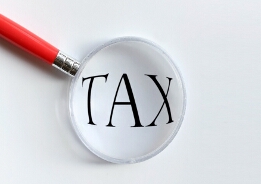Are You Giving Money Away?
 If the PIR rate loaded on your investments is too high you are giving money away.
If the PIR rate loaded on your investments is too high you are giving money away.
The Portfolio Investment Entity (PIE) regime commenced on 1 October 2007, and with its creation a new method of taxation for PIE managed funds was established.
Prior to the introduction of the PIE regime, investor's earnings in managed funds were taxed at the company tax rate of 33%, however the PIE regime brought about a more equitable tiered rate of taxation for investors in managed funds. Including KiwiSaver.
The current structure of the PIE regime means that the PIE's income is attributed to its investors, based on their shares of the PIE, and is taxed at each investor's prescribed investor rate (PIR), which is capped at 28%.
If you don't advise the Managers of the PIE of your PIR rate thay are required by law to apply the highest rate of 28%.
The 28% rate applies if your total income in BOTH of the two previous income years was $70,001 or more.
If your correct PIR rate is lower there is no provision for you to reclaim the overpaid portion.
Your KiwiSaver scheme is a PIE.
If you have not advised your KiwiSaver Provider, Bank or Investment Manager of your correct PIR you are giving money away.
Many people are automatically assigned to a KiwiSaver Fund when they start with a new employer. You might assume that as it's done through the IRD your correct rate would be applied - it isn't. The maximum rate is applied by default.
It would appear most people automatically enrolled into KiwiSaver have never bothered to apply their correct PIR rate. But don't tell them - if they pay more than they need to it helps keep our taxes down.
You can work out your correct PIR rate by going to the IRD website here
- Last updated on .